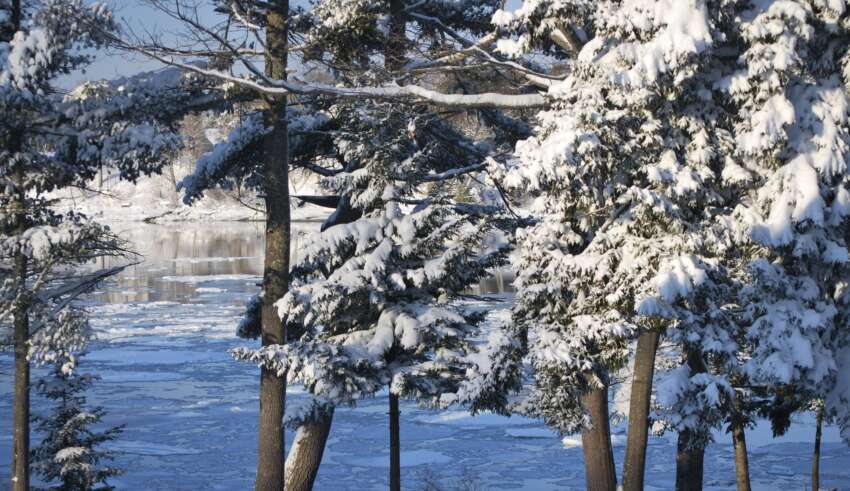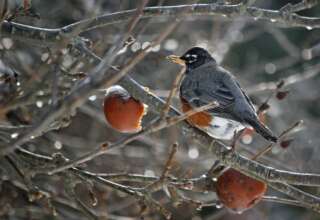
Diversity
What does it mean for a forest to be diverse? One need only spend some time wandering through an “old growth” forest (which are now rare) or at least a “second growth” forest. We will find trees and plants of many different kinds in these forests. We will also find some old tress and some new trees. Moss, mushrooms, and flowers litter the forest floor.
Perhaps of greatest important are the trees that have fallen over. They are often covered in moss or lichens of many kinds. They provide nourishment as they are “dying” and returning to the soil from which they came. These forests are also home to many animals—ranging from birds to small mammals and from the squirrels who scurry up and down the trees to the deer and bear who are most likely to attract our attention.
By contrast, we can walk through a homogenous forest that we humans have created. There are many former Christmas tree plots near my home in Maine. Trees of a specific type (e.g. spruce or pine) were planted many years ago at the same time and in straight lines. Today, these trees have grown tall and scraggly, competing with one another for sunlight.
The bottom sections of these trees tend to be barren with only a few branches with a few needles sticking out in need of light. The forest floor is without any life—just depleted soil with a few new trees seeking to survive under the canopy of the old, “warn-out” and unused Christmas trees. These “artificial” forests are easy to spot and leave one with a lingering sense of sterility and despair—they also teach us in dramatic fashion that diversity is critical if forests are to remain vital (and beautiful).
Interconnection
There is also the matter of interconnection among the living organisms to be found in a forest. Many recent articles and books have been written about this interconnection—leading to the declaration that forests are intricate webs of interconnection. At the heart of this forest web are the fungi that serves as messengers and conveyers of resources. A noted writer about nature, Robert Macfarlane (2019, pp. 90-91) introduces this remarkable fungi-based web:
“The fungi and the trees had ‘forged their duality into a oneness, thereby making a forest, . . . Instead of seeing trees as individual agents competing for resources . . . the forest [is] a ‘co-operative system’ in which trees “talk” to one another, producing a collaborative intelligence . . .described as ‘forest wisdom’. Some older trees even ‘nurture’ smaller trees that they recognize as their ‘kin’, acting as ‘mothers’. . . . .[T]he whole vision of a forest ecology shimmered and shifted – from a fierce free market to something more like a community with a socialist system of resource redistribution.”
This remarkable interconnected eco-system was fully appreciated by many aboriginal societies and was honored in their animistic religious traditions. For those of us who are living in “more advanced” societies, wisdom of the web of wood has been lost on us until recent studies of the forests in which we dwelled (or have chopped down).







